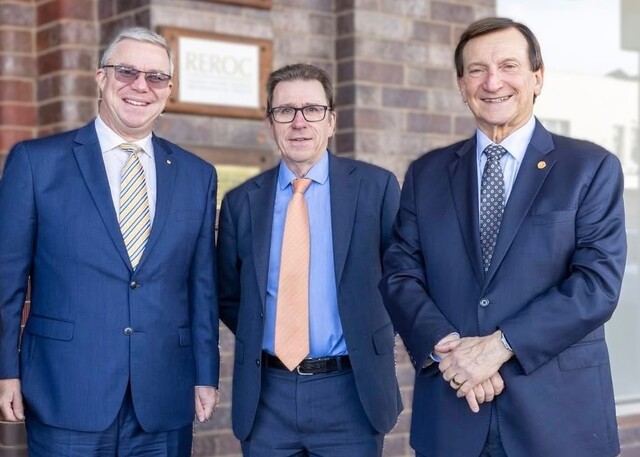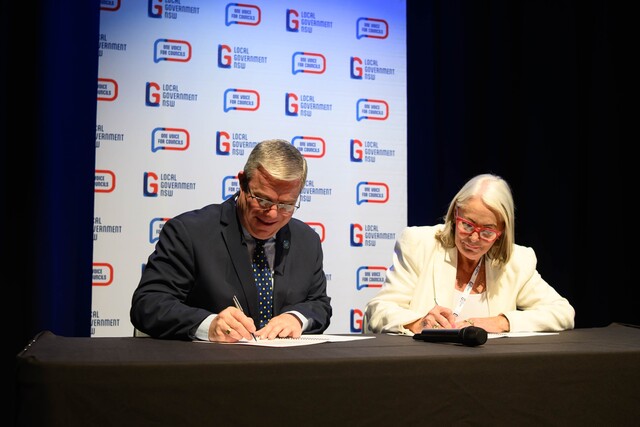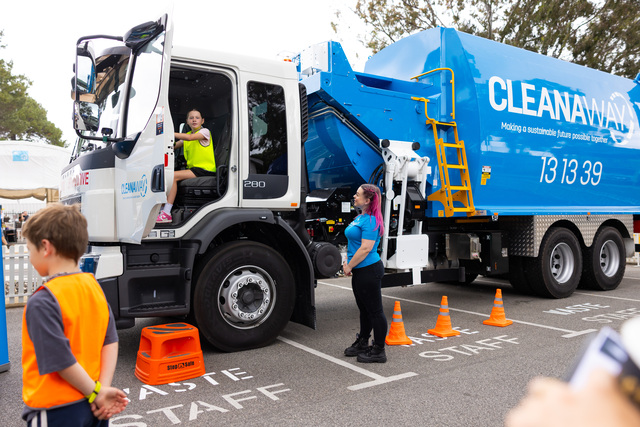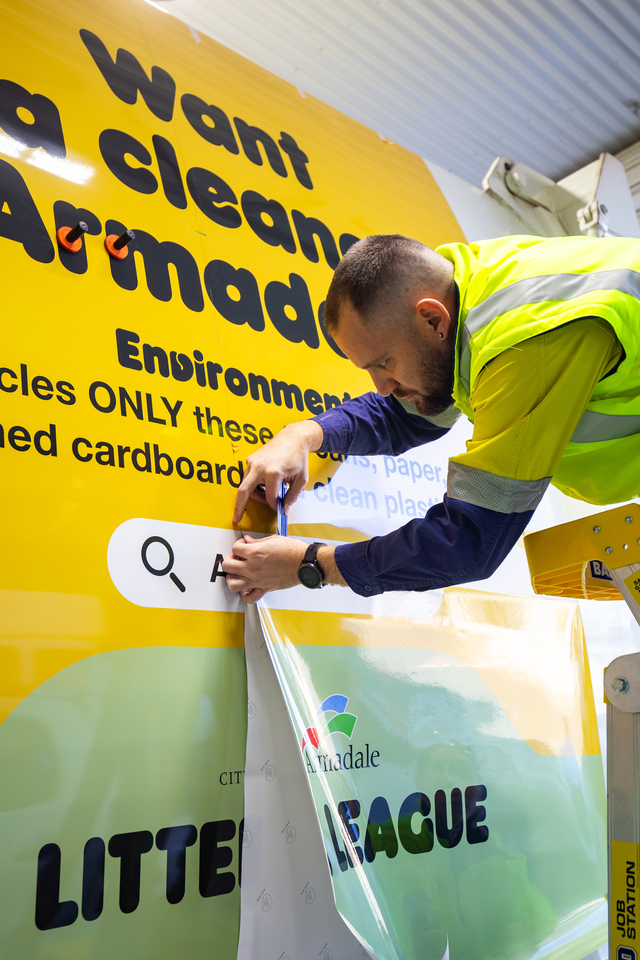The Labor Party and its supporters are bemused. Why didn’t middle Australia listen?
The fact is that Labor wore a big red target on its back, and the coalition duly stepped up with arrows labelled tax imposts and retiree benefits. As a result, 66 percent of Australians voted for other parties.
Middle Australia’s interests lie in having a job, keeping their businesses afloat, financing a home, paying for escalating energy bills and childcare costs, and protecting what they’ve got. But Labor’s platform addressed these concerns in passing, and in any case Labor’s messages on health, education and the environment were buried under the ‘taxation avalanche’.
How did Labor get sucked in? My view is that Bowen as shadow Treasurer, and Chalmers as shadow Finance Minister, were captured by economic rationalists and they mouthed the mantras of the portfolios they were hoping to run.
For example, I listened to Jim Chalmers speak at an Australian National University (ANU) forum last year. I could swear that I was listening to a Department of Finance official. Similarly Bowen’s suggestion – that if people didn’t like the franking credit policy they should vote Liberal – was Treasury-like arrogance.
And I include my local federal member in this mess. He was Bowen’s assistant shadow Treasurer and previously an ANU economics professor.
Last year I raised with him the possibility of incentives to relocate companies out of Sydney and Melbourne into regional areas – to relieve pressure on urban landscapes and infrastructure systems while giving a leg-up to regions crying out for jobs. He was having none of it – he said there is ‘no evidence of market failure’. I replied with the examples of Sydney’s congested roads and rising urban pollution, but failed to cut through.
So with economic rationalists shaping Labor’s policy platform, it was inevitable that the things that mattered most to voters were not going to be addressed – things like jobs in the regions, housing affordability, energy costs etc. Plibersek and Albanese chimed in occasionally but it wasn’t enough.
Leadership changes
With regard to the Liberals, Prime Minister Morrison now has a clear mandate, and has flexed his muscles with his new ministerial team.
Most of the old hands are there. Ken Wyatt as the new Minister for Indigenous Affairs was obvious, unlike the re-entry of Stuart Robert (Minister for National Disability Insurance Scheme) or Senator Zed Seselja’s survival as Assistant Minister for Finance.
Elsewhere Darren Chester still languishes as Minister for Veterans Affairs, and Karen Andrews is hopefully ready to make her mark as Industry Minister. And the new Minister for Regional Services, Decentralisation and Local Government, Mark Coulton originally from Warialda NSW, is a good move given his experience in regions and local government.
With regard to the Nationals, their leader Mike McCormack is growing into the job, but any stumbles will see Barnaby Joyce’s henchmen make a move.
A problem for Riverina-based McCormack is that northern NSW and Queensland think the Nationals leadership is naturally theirs.
While Barnaby has a foot in both those camps, he has lost his lustre, and Senator Bridget McKenzie (Victoria) and David Littleproud (member for Maranoa deep in the heart of western Queensland) look like forming a strong troika with McCormack to keep Barnaby at bay.
Labor’s new leader Anthony Albanese brings much-needed pragmatism to the party. But he needs to generate a massive policy rethink within his party. His early visit to listen to Queenslanders was a good move.
Victoria’s regional grants under the gun
Regional Development Victoria (RDV) is the reference point across the Commonwealth in terms of supporting regional development.
So it was a big surprise when the Victorian Auditor-General recently had a huge swipe at its program administration.
He audited two of its funds – the Regional Growth Fund and the Provincial Victoria Growth Fund – and declared that RDV could not demonstrate that the grants had supported regional growth outcomes.
He concluded that ‘having administered more than $1 billion in allocated funds since 2011, RDV still cannot reliably determine whether their grants have improved economic or social outcomes directly or indirectly, or whether any benefits have been sustained beyond the immediate injection of funds into a community. There is a high risk that its next evaluation, scheduled for 2021, also will not provide the answers to these questions.’ Ouch.
The Auditor-General accordingly made recommendations about consistent data collection, cost-benefit analysis, improved data quality, documentation of decision-making, ensuring administration costs don’t exceed five percent of budgets, more effective monitoring, streamlined application and approval processes, improved transparency etc.
This sounds like a beat-up. The program administrators will lift their game, but there’s an underlying threat to all regional stakeholders.
If you value these grant programs, tell your state ministers. Otherwise these grant programs will be stripped away.
Rod Brown is a Canberra-based consultant and lobbyist specialising in industry/regional development, investment attraction and clusters, and accessing federal grants. He also runs the Cockatoo Network.
Phone: (02) 6231 7261 or 0412 922 559
Email: apdcockatoo[@]iprimus.com.au







